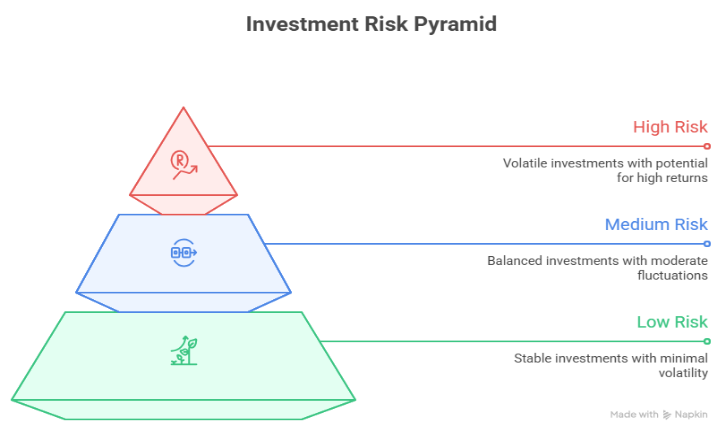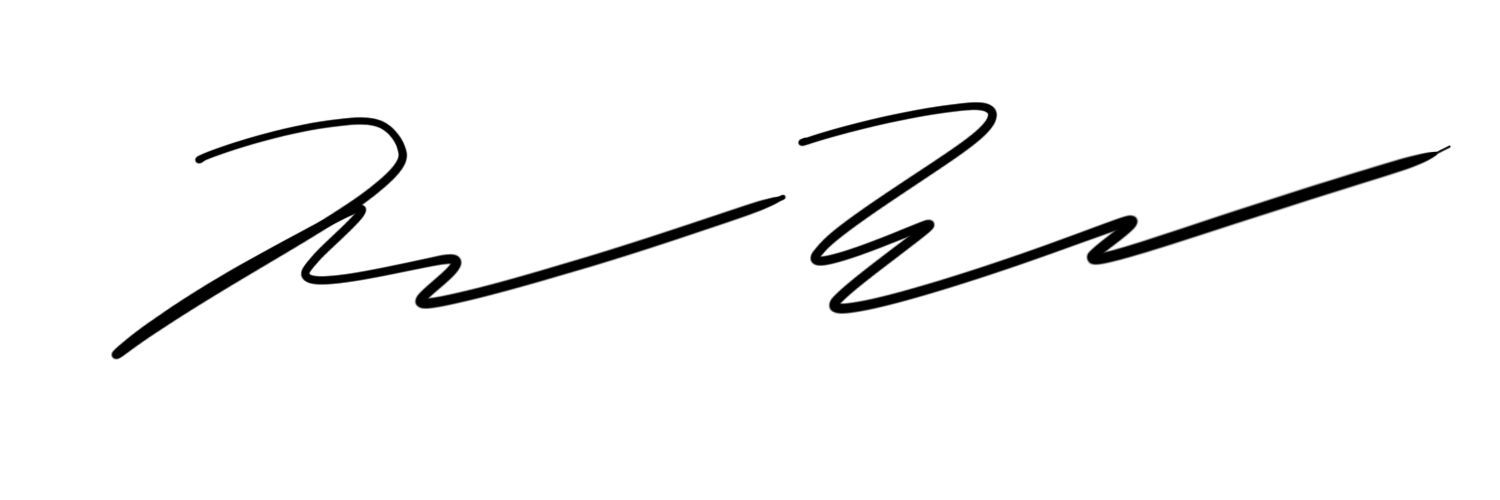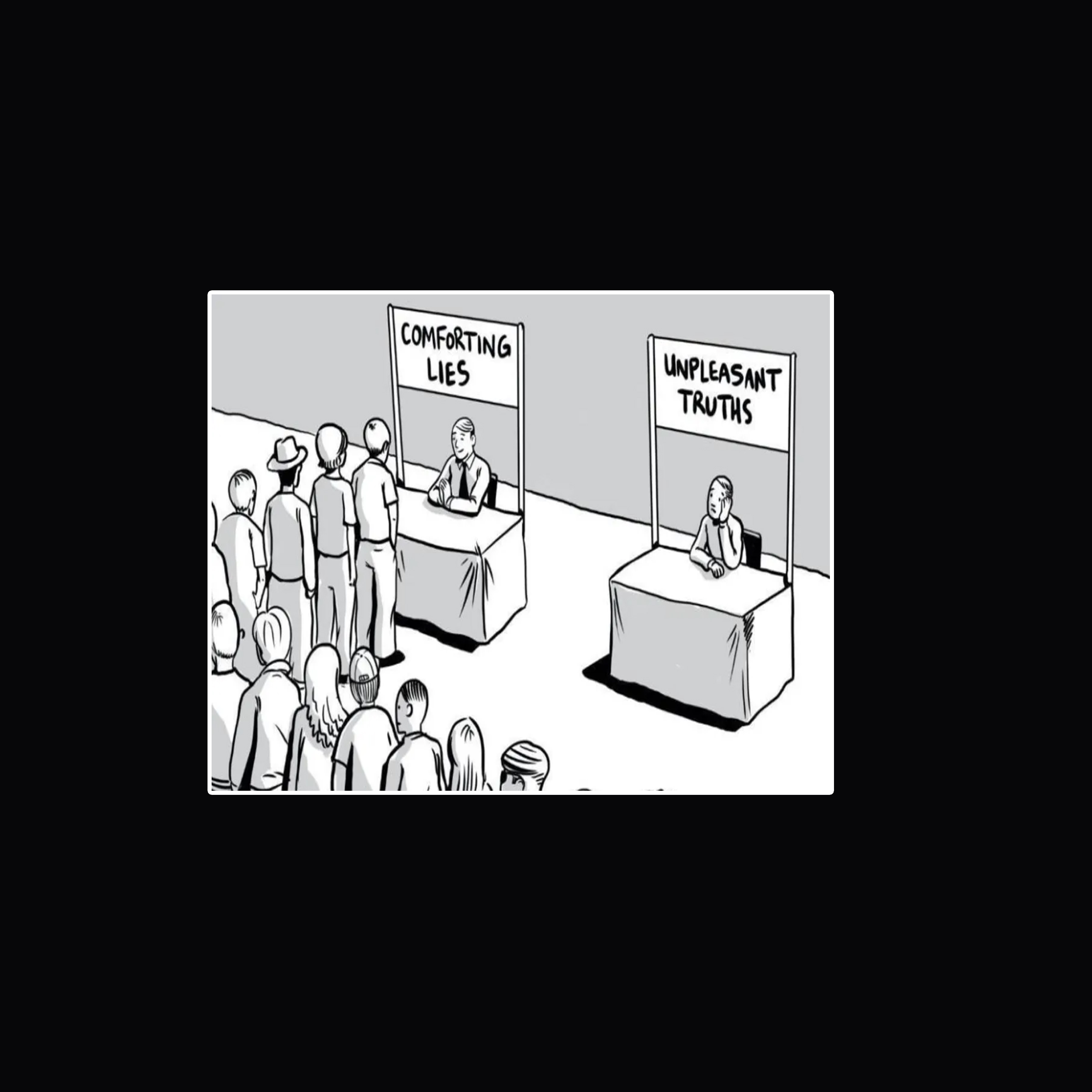Optimization VS Exploration
In the first part of this discussion I postulated that being the most efficient investment portfolio may not be the best long-term. Why? The simple answer is that it tells us nothing about the future. The Efficient Frontier tells us how a stock/bond portfolio behaved in the past but it does not give us guarantees on how it will perform in the future. It is a closed loop system and we can not delude ourselves into thinking that just because it has worked in previous times that it will work again.
This feeds into our illusion of control. As I stated in part I of this blog post, humans are amazing creatures and part of our ability to adapt and thrive is our ability to have superior pattern recognition. This has served us well for centuries. We see paw prints in the dirt. Is it just one animal or 10? If it is one then a group of 4 people can feel reasonably confident that they can still precede. 40 wolf prints going in different directions? Maybe we take another route.
In the present day, such patterns can lead us astray. We can convince ourselves that we see patterns that may or may not be there. While our pattern-seeking nature can be beneficial, it also makes us susceptible to overconfidence—an idea echoed by Brian Klaas in his book Fluke. In his book, Klaas argues that chaos theory, chance, and randomness all work as arbitrary and accidental forces which divert and change our lives and societies more than we imagine. He argues against the idea that we're in control and that everything happens for a reason. Pattern recognition is one such illusion of control. Klass states that we much accept that we control nothing, but we influence everything, and recognize the limits of what we can and cannot do.
So how do we go forward in a world where nothing is for certain? Do we just put our money under our bed choosing the comfort of seeing our cash will provide us with the control we desperately want?
I suggest that we look backwards and forwards. Backward with the bulk of our investments with back tested results and a small portion looking for new ideas. In algorithm design, it's called the explore-exploit trade-off. This is a fundamental challenge in decision-making systems where you must balance gathering new information (exploration) while all along using existing knowledge to maximize rewards (optimization). In simple terms, it’s the dilemma of choosing between trying something new to see if it’s better versus sticking with what already works.
In order to look forward we need to be like the scout honey bees. Looking towards the future with a portion of our investments. This part of your portfolio should be considered speculative. We may find these investments to be noncorrelated to our stock and bond portfolios. This is best described visually through the investment risk pyramid.

The bulk of our investments would be in the optimized portion of our investments (medium and low risk) but we will reserve a portion for exploration (high risk).
But why would I risk investing in something that I may lose my entire investment in? Jeff Bezos, the founder of Amazon explained it best with his analogy to the sport of baseball. “We all know that if you swing for the fences, you’re going to strike out a lot, but you’re also going to hit some home runs. The difference between baseball and business, however, is that baseball has a truncated outcome distribution. When you swing, no matter how well you connect with the ball, the most runs you can get is four. In business, every once in a while, when you step up to the plate, you can score 1,000 runs. This long-tailed distribution of returns is why it’s important to be bold.”
Now think of this within the context of your investment portfolio.
Who would have thought...
- Netflix would go up by over 500x
- Bitcoin would appreciated by over 5463% in 2013 alone
- Amazon has appreciated by 164,607%
- Over 50 years, gold has significantly outpaced inflation, turning $1,000 invested in 1974 into approximately $11,000 today
- Carvana stock was at $356.34 on 8/9/2021, it dropped to $3.72 on 12/27/2022 and on 8/1/2025 is up to $367.78.
And I could go on.
Anything significantly new will never have sufficient evidence from the past to justify investments that go up 100x.
So how do we find investments such as this? Prioritize anecdotal information as valuable, especially in psychology and behavior, because what you don't know is often more important. You must accept probabilistic decisions based on potential upside, risk, and probabilities.
The now retired tennis player Rodger Federer is worth an estimated $1.3 billion. Interestingly he only earned $130.6 million in prize money during his 24-year career — including 20 Grand Slam titles — his wealth primarily stems from endorsements and investments. One of his last deals was made when he left Nike and Signed with the small emerging Swiss shoe company ON. Federer first came across the brand after his wife bought a pair and introduced him to its founders. Impressed by the product and vision, he met with the team and later collaborated on developing his own line of performance shoes, Bloomberg reported. Ultimately Federer bought 3% of the company and his investment is now estimated to be worth over $500,000. This example illustrates how remaining open to new opportunities—even those outside one's primary field—can lead to outsized rewards, highlighting the importance of dedicating a portion of your portfolio to exploration.
This is by no means an easy task. If it was everyone would be doing it but as the saying goes, “You need to position yourself for good things to happen.” That is what we are doing here. We are not betting the entire portfolio to high risk investments. A small percentage can pay off if we are both lucky and patient.
It also means that this is an area where artificial intelligence (AI) will have a hard time helping you. AI is all about optimization and as Steven Klein, Founder and CEO of Curiouser IA stated, “the only skills that AI can’t replicate are the ones that require:
- Original vision
- Nonlinear thinking
- Cultural intuition
- The ability to imagine a future before the data exits”
So, keep your mind open, talk to your friends, read a enjoyable book and take walks to let your mind wonder. You never know where new investment ideas will come from.
Be well,





